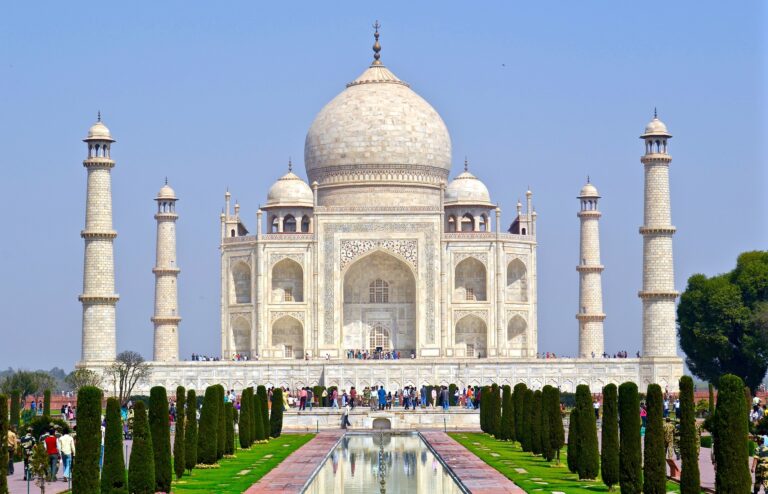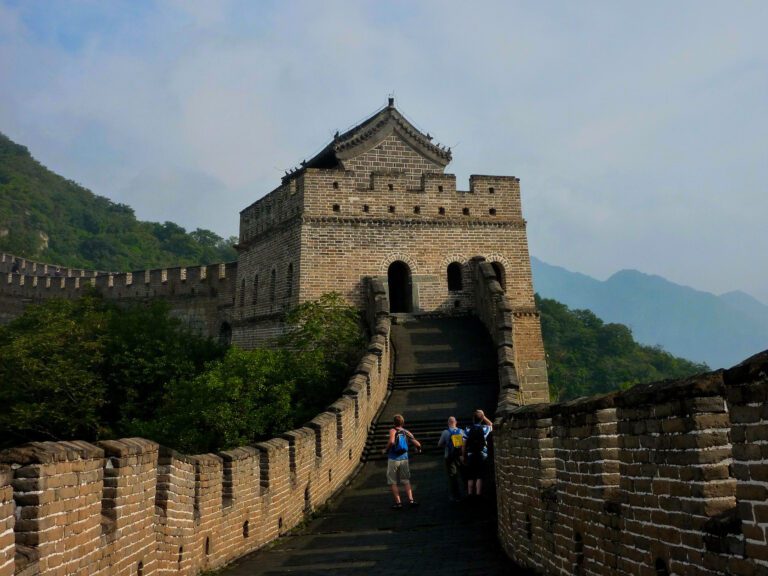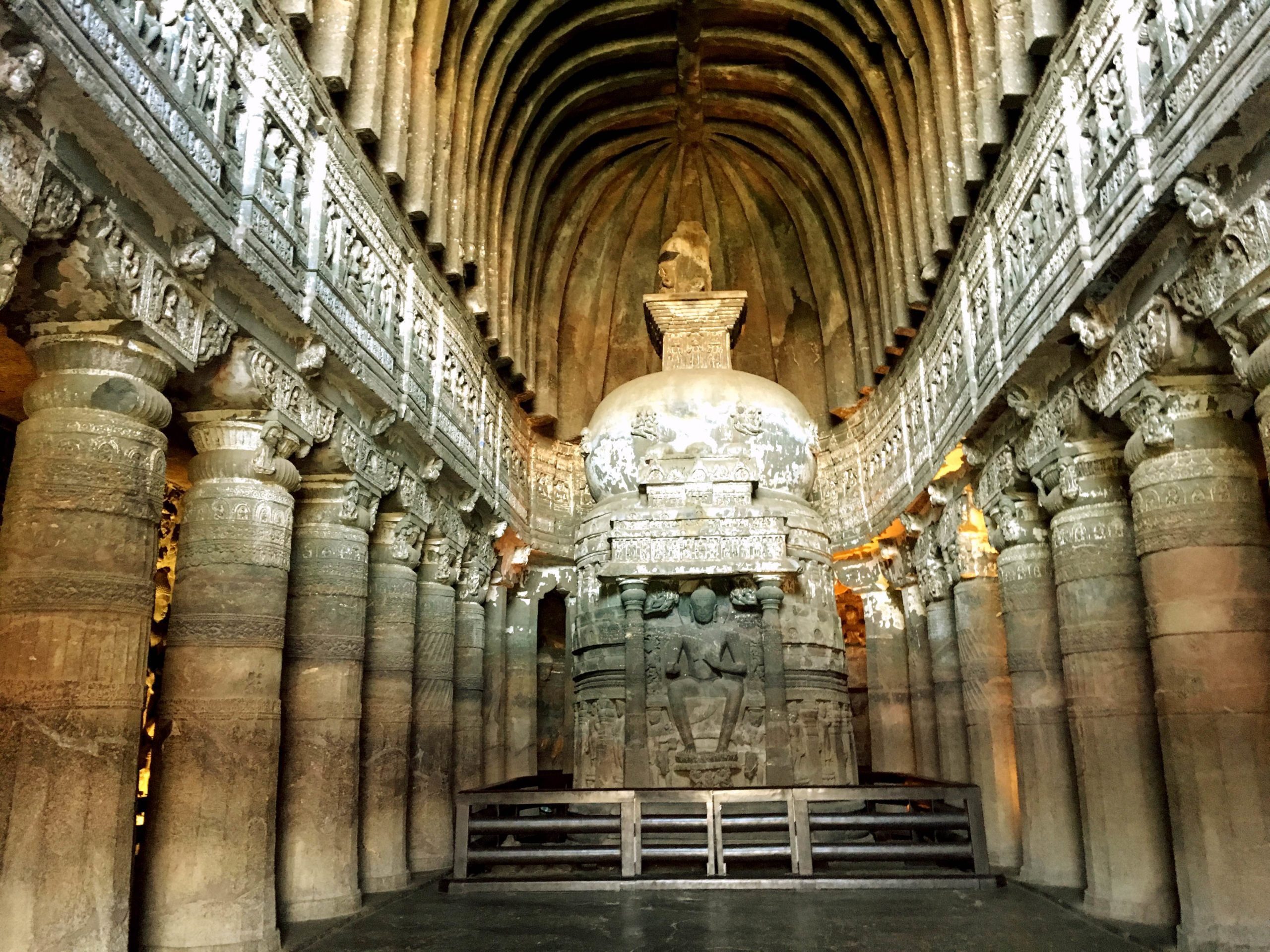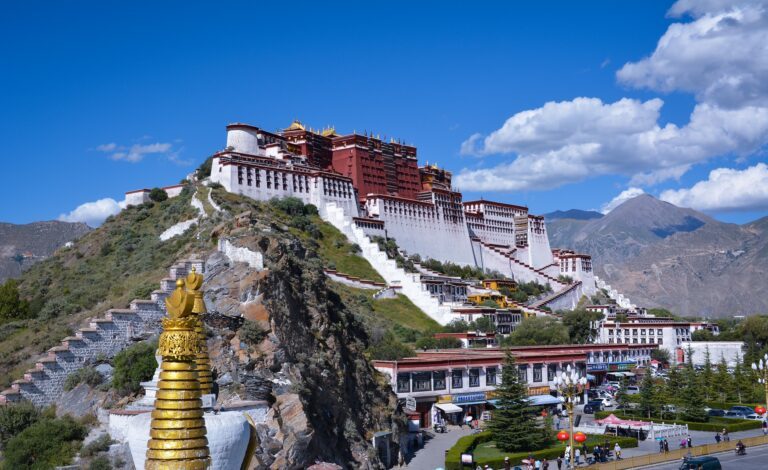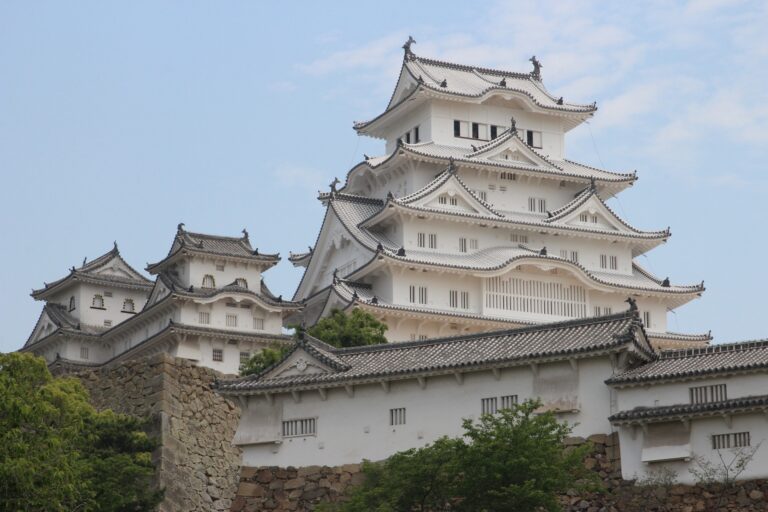Angkor Wat is the best example of Khmer architecture. It is a group of temples in the city of Angkor, which is now in northwest Cambodia. It is the largest religious building in the world. It is about 1,700 yards (1,550 m) long and 1,500 yards (1,400 m) wide. It was built by Suryavarman II in the 12th century.
Angkor Wat Cambodia
It was made for the god Vishnu. The Wat is a man-made mountain that used to be surrounded by a large wall and a moat. It rises in three enclosures to a flat top. At the top, the five remaining towers (shrines) are made up of repeating, decreasing tiers that are typical of Asian architecture.
What is Angkor Wat? Angkor Wat is a temple complex in Angkor, Cambodia, near Siemréab. It was built by King Suryavarman II in the 12th century (reigned 1113–c. 1150). Angkor Wat is a huge religious complex with more than a thousand buildings. It is one of the world’s most important cultural sites. Angkor Wat is the largest religious building in the world. It covers about 400 acres (160 hectares) and is the pinnacle of Khmer architecture.
Angkor Wat History
The city of Angkor was the center of power for a dynasty of Khmer kings who ruled one of the largest, richest, and most advanced kingdoms in Southeast Asian history. From the end of the 9th century to the beginning of the 13th century, many building projects were done. Angkor Wat was the most famous of these. It was built by Suryavarman II as a large temple where his body would be kept after he died. It is thought that the building took about 30 years.
Angkor Wat Facts
All of the original religious symbols came from Hinduism, and the temple was dedicated to the gods Shiva, Brahma, and Vishnu. In Hindu mythology, Mount Meru is where the gods live. The five towers in the middle of Angkor Wat represent its five peaks. People say that the mountain is surrounded by an ocean, and the huge moat around the complex looks like the oceans at the end of the world.
A bridge of 617 feet (188 meters) lets people get to the site. To get to the temple, you have to walk through three rooms that are separated by paved walkways. The walls of the temple are covered with very high-quality bas-relief sculptures of Hindu gods, ancient Khmer scenes, and scenes from the Mahabharata and the Ramayana.
When the Cham people of what is now Vietnam destroyed Angkor in 1177, King Jayavarman VII (who ruled from 1181 to around 1220) decided that the Hindu gods had let him down. When he built Angkor Thom, a new capital nearby, he gave it to Buddhism. Following that, Angkor Wat changed from being a Hindu temple to a Buddhist shrine, and Buddhist art took the place of many of the carvings and statues of Hindu gods.
At the beginning of the 15th century, Angkor was left empty. Still, Theravada Buddhist monks took care of Angkor Wat, which remained an important place of pilgrimage and kept drawing people from Europe. After the French took over the area in 1863, Angkor Wat was rediscovered.
Several restoration projects were started in the 20th century, but they were put on hold because of the political unrest in Cambodia in the 1970s. When work started up again in the middle of the 1980s, there was a lot that needed to be fixed. Notably, parts had to be taken apart and put back together.
In 1992, UNESCO named the Angkor complex, which includes Angkor Wat, a World Heritage site. It was added to the list of World Heritage sites in danger right away. In the years that followed, more work was done to fix things up, and in 2004, Angkor was taken off the list of places that were in danger. Today, Angkor Wat is a popular tourist destination and one of the most important places of worship in Southeast Asia. On the Cambodian flag, the temple complex is shown.

